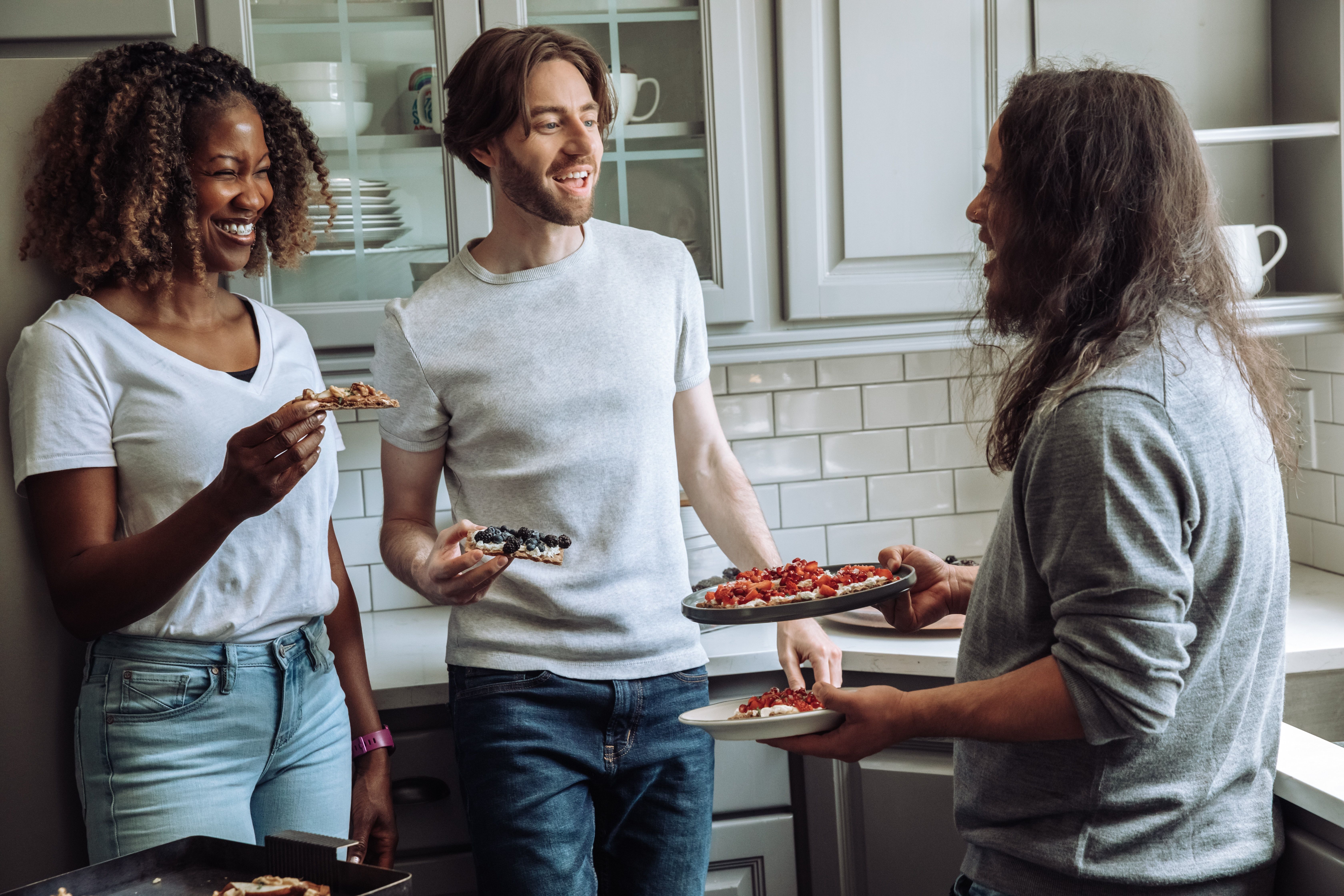When searching for a new recipe, it’s common to find a long intro at the beginning of the page. Some sites even include a skip to recipe button that brings you right to the ingredients and instructions you’re looking for. But should you disregard this information if the author took the time to write it?
To help you decide, here’s a list of reasons why online recipes include long intros.
There’s a Story That Bloggers Want to Share About the Recipe
Some recipe pages are more than that; they’re also food blogs. As such, food bloggers are passionate about the topic and want to share stories behind the dish. Some examples of these stories are:
- Their own experiences with the dish.
- Traditions or holidays surrounding it.
- The time of year it’s most enjoyable or suitable.
- Mistakes the blogger made and how they fixed them.
- The quest to find the perfect dish or recipe to make it.
- Its purpose—healthy, comfort, quick, budget, vegan, etc.
- Its history or some background on the ingredients.
These stories can be educational or simply help you decide if it's truly the recipe you’re looking for by setting the scene. A well-written post puts the recipe into your daily life so that you can envision yourself making and serving it, whatever the setting or occasion. For example, describing it as the perfect dinner when you don’t know what else to make, the excellent solution when you’re craving something spicy, or an essential recipe for any party.
It’s a Place for Extra Recipe Tips, Variations, and Recommendations
If these came after the recipe, they wouldn’t be so handy, would they? Rather than cluttering up the directions or adding too many chef's notes, food bloggers add extras to the intro to help ensure success.
For example, desserts like chocolate chip cookies and butter tarts are enjoyable in various consistencies, so the recipe’s author might include notes on how to change it in the intro. It can also be an excellent place to find:
- Ingredient substitutions and instructions
- Variations to change the flavor or texture of a recipe
- Tips on how to avoid common mistakes
- Storage instructions
- Serving tips
- Side dish recommendations
- More in-depth instructions with images
- Descriptions of ingredients
- Additional recipes—if you want to make a sauce or topping from scratch
While these don’t apply to every reader, if the author included them, you may as well go over them before making the recipe—just as it's a good idea to read the recipe in full before adding it to your digital recipe box. There could be a tip or trick to make your experience go smoother or even add to your kitchen skills when making similar recipes.
They Want to Sell You on Making Their Recipe
Whether you’re reading about a food blogger who ordered chicken fingers from every restaurant within a hundred-mile radius, or one who’s tried a dozen different recipes, there’s something to learn about the work put into the recipe. By adding these extras, whether it’s a story, recommendations, or both, food bloggers share their expertise and sometimes chef’s secrets with you.
It’s a way of building rapport. Reading these, you’re more likely to give it a try over one you found on a social networking food blog where anyone can post. Plus, you’ll probably come back for more. While reviews can also be helpful for this when it comes to cooking, everyone has different abilities, so you can’t always go with the comments.
Think of your favorite food blogger, if you have one. What keeps you going to their website over others? You can kind of tell just by reading some of these posts who’s passionate and knows their stuff. And really, you need to trust the instructions; otherwise, you could end up with a bunch of wasted time and ingredients.
They Need to Make Money to Keep Posting Recipes
Nothing is free. If you think about it, scrolling by some text, if that’s what you choose to do, is a small price to pay for some pretty awesome recipes. Food bloggers not only spend a lot of time in the kitchen perfecting their recipes, but they also write them out, take photos, and sometimes even film the process to help ensure your success in the kitchen.
So, to keep giving you these recipes at no cost, food bloggers will sometimes add affiliate links, advertisements, or both to their websites. Affiliate links often appear in the post intro, but they can also show up as recommendations in the ingredients list or instructions. Ads too, and reading these intros keeps you on the page longer—which means your eyes are more likely to land on them.
Search Engines Dig Quality Information
There’s some debate over whether or not word count actually helps web pages rank higher on search engines. That aside, including more than just ingredients and directions increases the chance of a blogger’s page ranking higher because it’s easier for search engines to learn what the post is about. They also have more room for long-tail keywords and variations of them, links, images, and other information search engines can use to figure things out.
Mastering keywords and SEO on your blog is no easy feat, which is why sometimes you’ll come across posts that seem a little repetitive—especially if its writer is too focused on ranking. But you’ll find some bloggers that do it so well that you don’t even notice.
So, Should You “Jump to Recipe” or Not?
To save some time when searching for the right recipe, you might want to skip ahead initially to see if it’s the one for you. Check out the ingredients, instructions, serving size, time estimate, and chef’s notes to make sure. Then go back and read through. Otherwise, you won’t find the information valuable when you reach the bottom to learn it's not for you.
The food blogger included that information because they had something to add to your experience. And who knows? You may learn something new, whether it’s the food's history, a tradition from another culture, or some tips and tricks to help you in your own kitchen.



